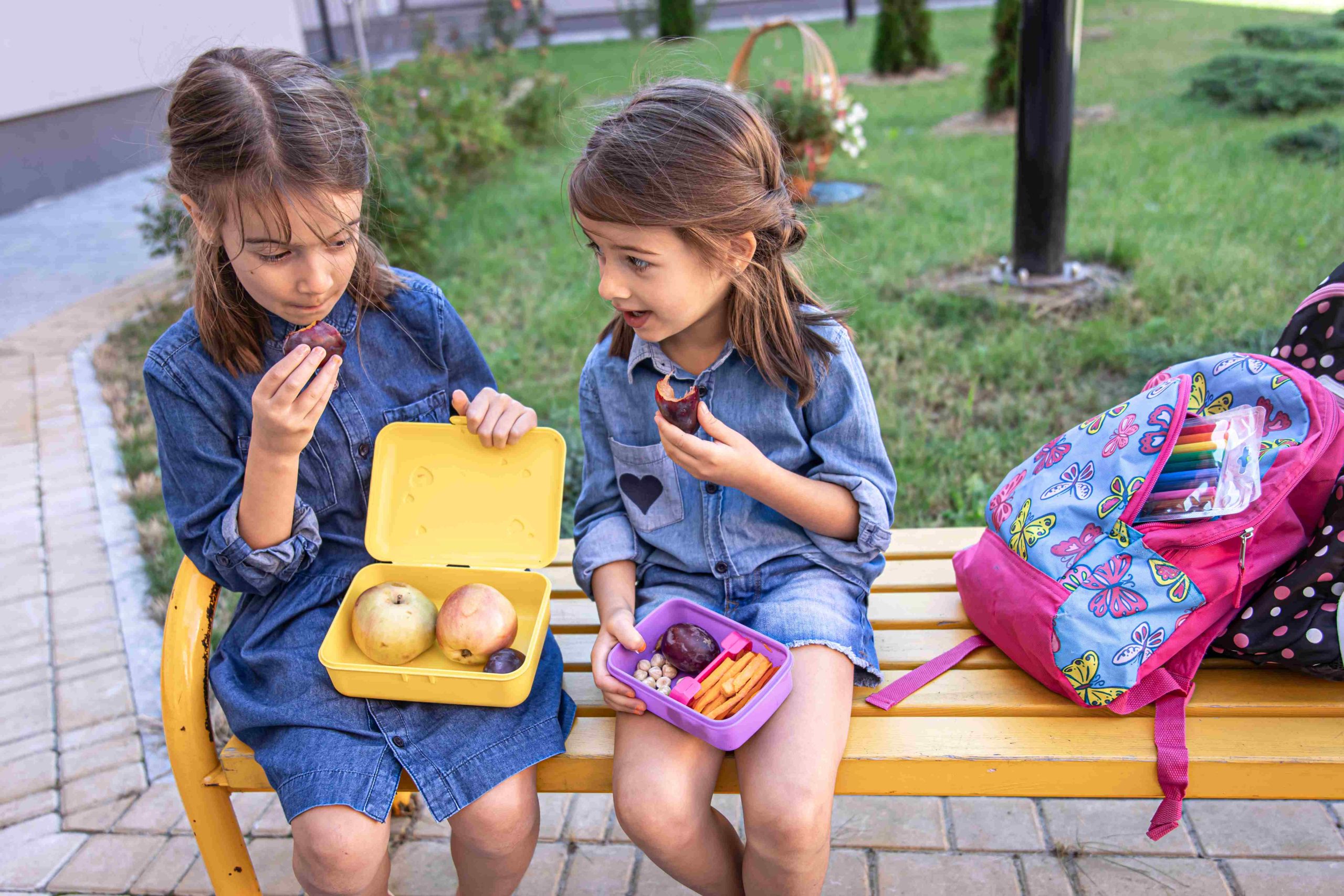
Enhancing Field Trip Experiences with Nutritious Lunchboxes
Field trips are a pivotal part of the preschool experience, offering young learners a chance to explore the world outside their classrooms. A well-prepared field trip lunchbox plays a crucial role in ensuring that preschoolers stay energized, engaged, and healthy throughout their outing. In this article, we’ll delve into what makes a good field trip lunchbox and how to create one that meets the needs of both preschoolers and their parents.Nutritious and Balanced: Fueling Growing Bodies and Minds
An ideal field trip lunchbox should be nutritious and balanced, providing preschoolers with the essential nutrients they need for their growth and development. Including a variety of foods from different food groups is key. For example, a lunchbox could contain a turkey and cheese whole grain sandwich, sliced carrots, a piece of fruit, and a low-fat yogurt. This ensures that preschoolers receive a mix of vitamins, minerals, carbohydrates, and proteins to keep them going throughout the day.Easy to Eat and Portable: Convenience for On-the-Go Meals
Field trips often mean limited time and space for eating. Therefore, it’s important to pack foods that are easy to eat and require minimal preparation. Finger foods like cut-up fruits and veggies, crackers, and sandwiches are ideal. These foods can be easily consumed without the need for utensils or additional preparation. Using a portable container, such as a lunchbox or reusable bag, makes it easy to carry and store the lunch.Safety and Hygiene: Ensuring Food Safety on the Go
Food safety and hygiene are paramount when packing a field trip lunchbox. It’s important to store perishable foods, like dairy and meat, with ice packs or in an insulated lunchbox to prevent spoilage. Additionally, washing hands before preparing food, using clean utensils and containers, and disposing of uneaten food properly are essential practices to minimize the risk of foodborne illnesses.Allergen-Free Options: Catering to Allergies and Intolerances
With the prevalence of food allergies among preschoolers, it’s crucial to pack an allergen-free lunchbox if necessary. Common allergens like peanuts, tree nuts, dairy, and gluten should be avoided. Reading food labels carefully and packing foods that are naturally free of allergens, such as fresh fruits and vegetables, can help ensure a safe meal for all preschoolers.Making Lunchboxes Fun: Encouraging Healthy Eating Habits
Packing a lunchbox that is both nutritious and appealing can be a challenge, but it’s important to make the meal enjoyable for preschoolers. Using cookie cutters to create fun shapes out of sandwiches and fruits, including a small note or sticker, or letting preschoolers choose some of their favorite foods can make the lunchbox more appealing and encourage them to eat a balanced meal.Environmental Sustainability: Reducing Waste with Reusable Options
Considering the environmental impact of field trip lunchboxes is important, as disposable packaging and single-use plastics contribute to waste. Using reusable containers, water bottles, cloth napkins, and cutlery can significantly reduce waste. Additionally, packing foods that require minimal packaging and are locally sourced and in season can further reduce the environmental footprint of the lunchbox. In conclusion, a good field trip lunchbox for preschoolers is one that is nutritious, easy to eat, safe, allergen-free if necessary, fun, and environmentally friendly. By considering these factors when packing a lunchbox, parents can ensure that their preschoolers have a healthy and enjoyable field trip experience while also promoting sustainability and environmental stewardship.

